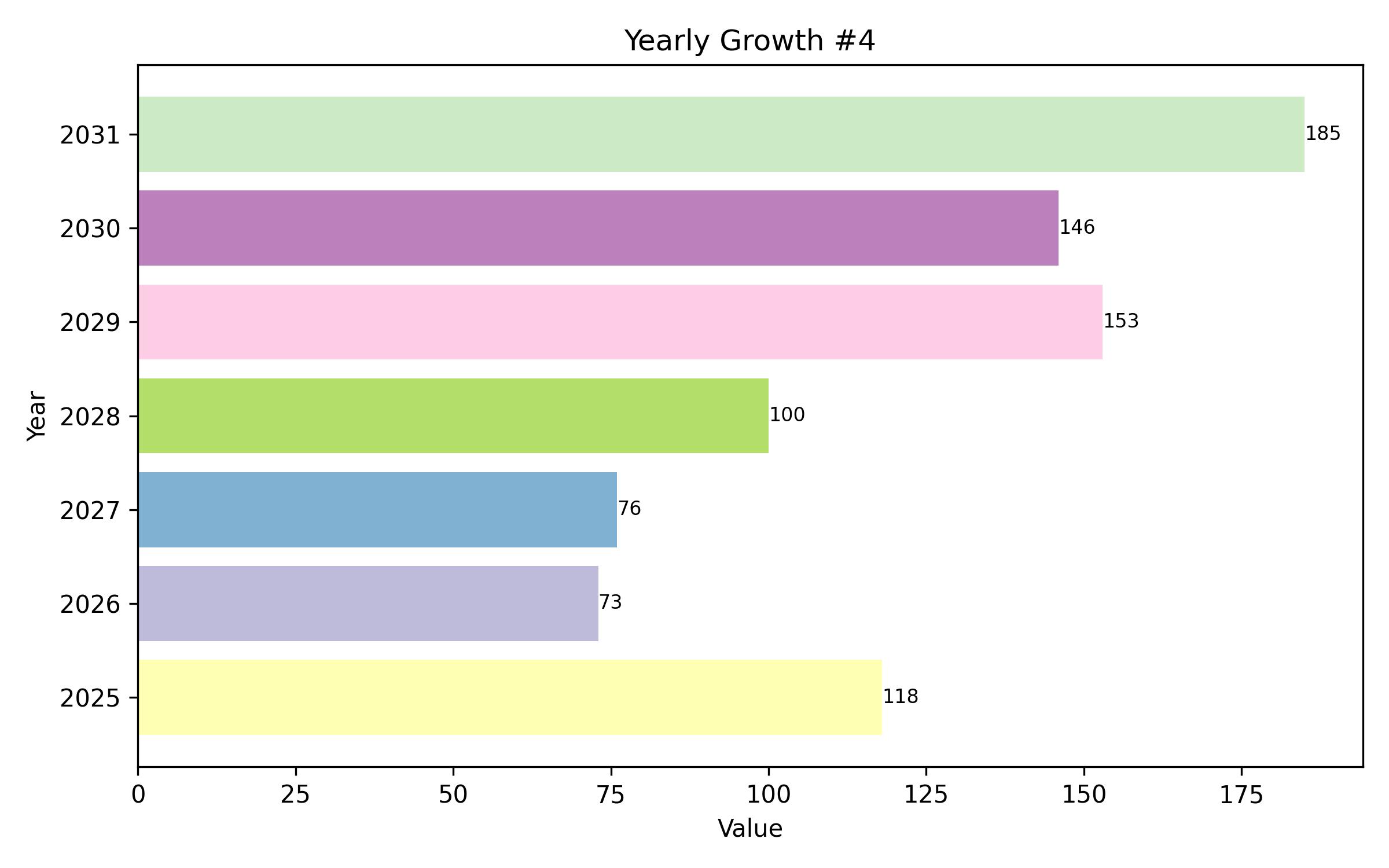Comprehensive Analysis of the Hyperinsulinemia Hypoglycaemia Treatment Market by Type, Therapy, End-User, and Region up to 2035
Overview:
The global hyperinsulinemia hypoglycemia treatment market is poised for steady expansion in the coming years. In 2025, the market is anticipated to reach USD 112.36 million, driven by increasing awareness and diagnosis of hyperinsulinemia hypoglycemia across various age groups. The market is projected to experience a compound annual growth rate (CAGR) of approximately 6%, reaching an estimated value of USD 201.22 million by 2035. This growth is underpinned by advancements in diagnostics, treatment options, and a greater focus on personalized medicine.
Hyperinsulinemia hypoglycemia, characterized by excessive insulin secretion leading to low blood sugar levels, presents unique challenges in both congenital and acquired forms. Effective management requires a multi-faceted approach, incorporating pharmacological, dietary, and in some cases, surgical interventions. The development of targeted therapies and improved diagnostic tools are crucial for enhancing patient outcomes.
Regional market dynamics vary, with North America and Europe exhibiting strong demand due to advanced healthcare infrastructure and higher diagnosis rates. The Asia-Pacific region is expected to demonstrate significant growth potential, driven by increasing healthcare expenditure and improving access to medical facilities. Key market players are focusing on innovation and strategic collaborations to expand their presence and address unmet needs.
The congenital hyperinsulinism segment continues to represent a significant patient population, particularly among infants and young children. Advances in genetic testing and early diagnosis are instrumental in guiding treatment strategies and minimizing long-term complications. The acquired hyperinsulinism segment is also growing due to lifestyle factors and increased prevalence of conditions like obesity and diabetes.
The treatment landscape encompasses a range of options, including diazoxide, octreotide, surgical interventions for severe cases, and tailored dietary modifications. Ongoing research into novel therapies, such as glucagon-like peptide-1 (GLP-1) receptor agonists and other insulin-sensitizing agents, holds promise for further improving treatment efficacy and reducing adverse effects.
The role of specialized clinics and research institutions in driving market growth cannot be understated. These centers offer comprehensive diagnostic and treatment services, contributing to better patient management and advancing scientific understanding of hyperinsulinemia hypoglycemia. Investments in research and development are essential for unlocking new therapeutic avenues and addressing the complexities of this condition.

Year On Year Growth Chart
“`html
| Report Attribute | Details |
|---|---|
| Market Size in 2025 | USD 112.36 million |
| Revenue Forecast for 2035 | USD 201.22 million |
| Growth Rate (CAGR) | 6% from 2025 to 2035 |
| Base Year for Estimation | 2024 |
| Historical Data | 2018 – 2023 |
| Forecast Period | 2025 – 2035 |
| Quantitative Units | Revenue in USD million/billion and CAGR from 2025 to 2035 |
| Report Coverage | Revenue forecast, company market share, competitive landscape, growth factors, and trends |
| Covered Segments | Type, treatment, end user, and region |
| Regional Scope | North America, Europe, Asia Pacific, Latin America, MEA |
| Country Scope | U.S., Canada, Mexico, U.K., Germany, Italy, Poland, China, India, Japan, Australia, South Korea, Brazil, UAE, KSA, South Africa |
| Key Companies Analyzed | Novo Nordisk, Eli Lilly, Sanofi, Biocon, Mylan (Viatris), Zealand Pharma, Crinetics Pharmaceuticals |
| Customization Options | Free report customization (up to 8 analysts working days) with purchase. Changes to country, regional, and segment scope |
| Pricing and Purchase Options | Customizable purchase options for tailored research needs |
“`

Key Companies Market Share
Report Coverage & Deliverables
- Market Trends And Dynamics
- Competitve Benchmarking
- Historical data and forecasts
- Value/Volume analysis
- Company revenue shares and key strategies
- Regional opportunities
This is an indicative segmentation. Please request a sample report to see detail segmentation of this market.
Detailed Market Segmentation
- By Type
- Congenital Hyperinsulinism
- Acquired Hyperinsulinism
- By Treatment
- Diazoxide
- Octreotide
- Surgery
- Dietary Modifications
- By End User
- Hospitals
- Specialty Clinics
- Research Institutes
- By Region
- North America (U.S., Canada, Mexico)
- Europe (U.K., Germany, France, Italy, Poland)
- Asia-Pacific (China, India, Japan, Australia, South Korea)
- Latin America (Brazil, Argentina)
- Middle East & Africa (UAE, Saudi Arabia, South Africa)
Table of Content
- Executive Summary
- Market Overview
- Key Market Trends
- Market Dynamics
- Global Market Size and Forecast
- Market Segmentation by Type
- Congenital Hyperinsulinism
- Acquired Hyperinsulinism
- Market Analysis by Treatment
- Diazoxide
- Octreotide
- Surgery
- Dietary Modifications
- Market Analysis by End User
- Hospitals
- Specialty Clinics
- Research Institutes
- Regional Market Analysis
- North America
- Europe
- Asia-Pacific
- Latin America
- Middle East & Africa
- Competitive Landscape
- Key Company Profiles
- Novo Nordisk
- Eli Lilly
- Sanofi
- Biocon
- Viatris (Mylan)
- Zealand Pharma
- Crinetics Pharmaceuticals
- Market Opportunities
- Market Challenges
- Regulatory Environment
- Technological Advancements
- Future Market Outlook
- Analyst Recommendations
- Research Methodology
- Assumptions and Limitations
